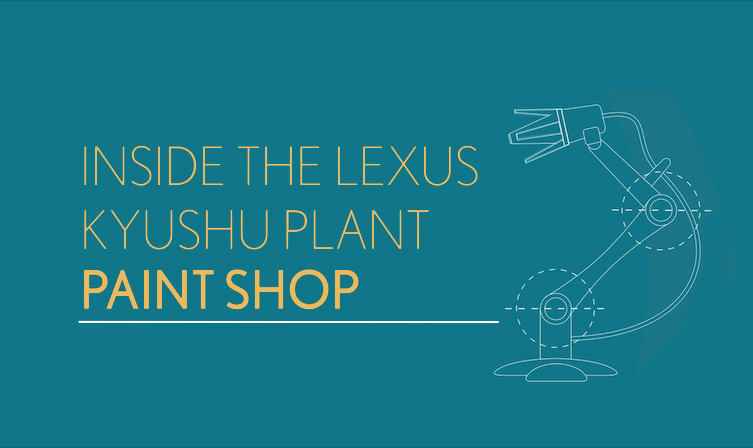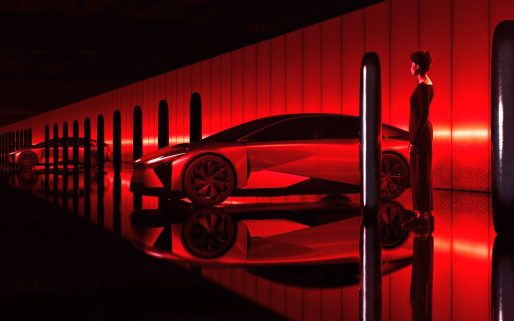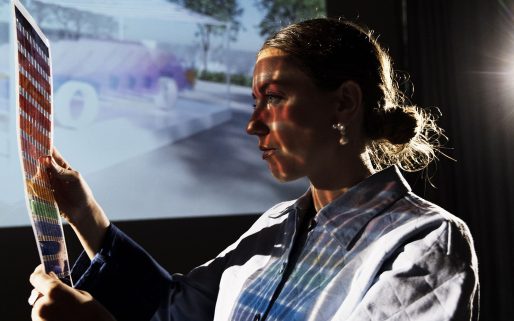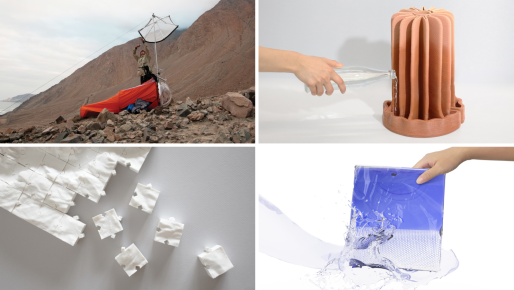There’s something unique about a Lexus paint finish. Not only are the colours deep and lustrous but they also react to changing light conditions. In direct sunlight, the way a Lexus appears to the eyes can completely transform.
So how is the perfect paintwork achieved? After a visit to the Kyushu Plant in Japan, we reveal the facts and stats behind that flawless, mirror-like finish.
Lexus paint by numbers: 200,000
The paint shop at the Lexus Kyushu plant can complete 200,000 cars every year, which is equivalent to 820 a working day.
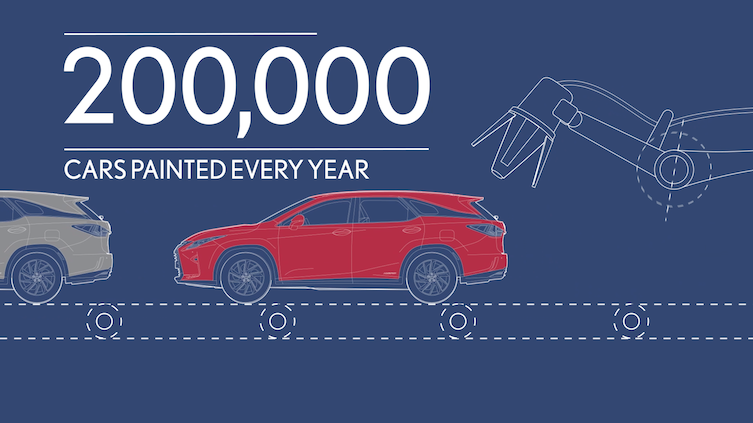
Lexus paint by numbers: 450
A total of 450 skilled employees work together alongside robots to ensure each car has a flawless, brilliant finish. Humans carefully spray the interior with both the colour coat and the clear coat. It’s a mark of Lexus quality and attention to detail that the inside of the boot lid is given as much attention as the exterior surfaces.

The employees will also switch between their right and left hands depending on the location of the part they are working on, having been trained to use both with equal skill, regardless of which is their dominant hand.
Lexus paint by numbers: 186
Painting a vehicle consists of 46 separate tasks, which together take ten hours to complete. But in total there are 186 individual jobs when you include all the paint-related process; there are 24 for the application of sealer alone.
Lexus paint by numbers: 60
The application of paint must be carried out in a perfectly clean and stable environment. Dust levels are measured every two hours, the temperature is kept between 22-28 degrees Celsius.
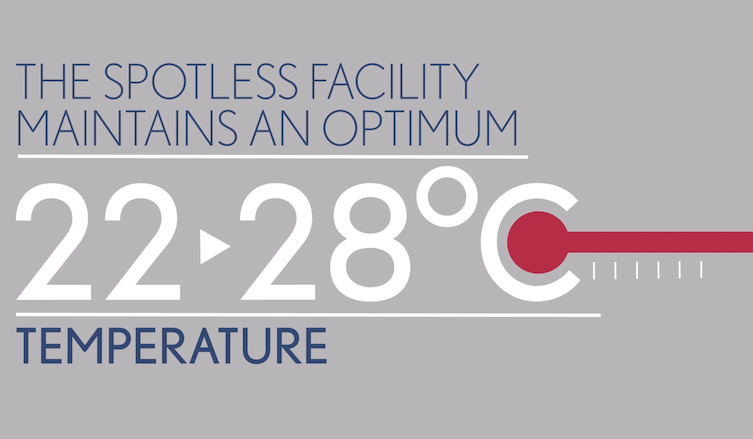
Humidity is set at a constant 60%. Before entering the paint booth, employees put on special footwear and electrostatic clothing before passing through an air curtain to prevent any dust or dirt being brought in with them.
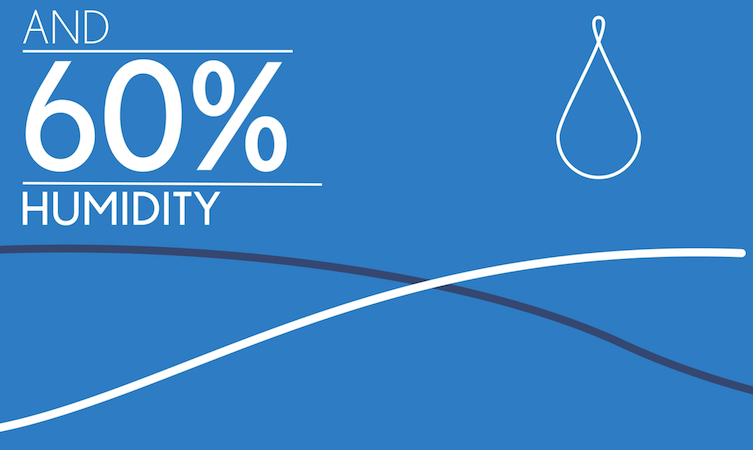
Lexus paint by numbers: 4
Each car is given four layers of paint. The electrophoretic coating (1) is first applied to all surfaces to inhibit the formation of rust. This is followed by the intermediate coat (2), which is applied to ensure a surface that’s smooth and secures the correct depth and brilliance of colour. This coat will be white, grey, dark grey or black, according to the car’s finished colour.

The colour coat (3) is then added, while the final clear coat (4) brings out the gloss and shine of the paintwork. It also helps with scratch resistance and durability, preventing the colour from fading in sunlight.
Lexus paint by numbers: 14
When changing colours, it was previously necessary to clean the tube which carried the paint to the robot arm. But this is no longer the case. The robots can change paint colours by selecting from 14 different shades to match the customer’s requirements.
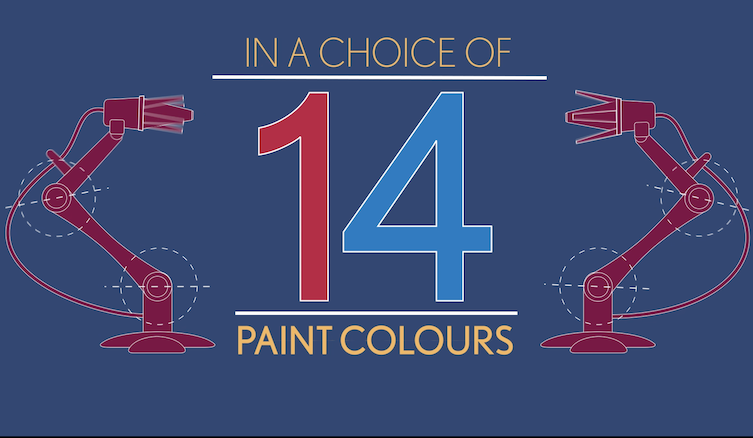
The paint is contained in a cartridge attached to the end of the robot’s arm, filled with enough liquid to complete two cars. This innovative technology allows cars to be painted in the same sequence as the orders received from customers.
Robots apply the finishing paint coat with a slow motion to prevent drips and achieve an even finish. Their movements are complex, but faithfully replicate the skilled hand movements of craftspeople.
Lexus paint by numbers: 30,000
The robot’s spray tip will rotate 30,000 times during the painting process, which is 50% more than the industry standard of 20,000. This higher speed produces finer paint particles for a smoother and superior quality finish.
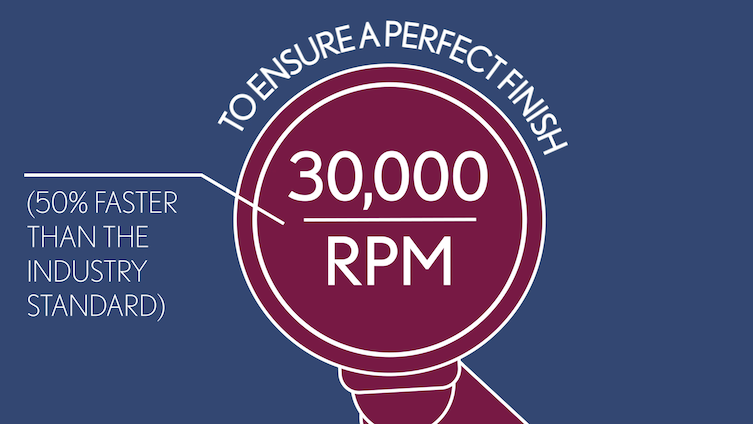
Lexus paint by numbers: 150
Even though there are only 150 centimetres between each car passing through the booth, there is no risk of paint from one vehicle passing on to the next, as the airflow is precisely controlled downwards from ceiling to floor. Also, there is a wire mesh floor with water flowing beneath to catch any paint that doesn’t adhere to the surface of the car.
Lexus paint by numbers: 0.5
Before the painted cars move back to the assembly line, they are inspected for gloss, smoothness, coating thickness, colour tone and other qualities to ensure there are no defects. Such are the skills of the paint specialists that they can detect minute imperfections as small as 0.5 millimetres, just by using their hands.
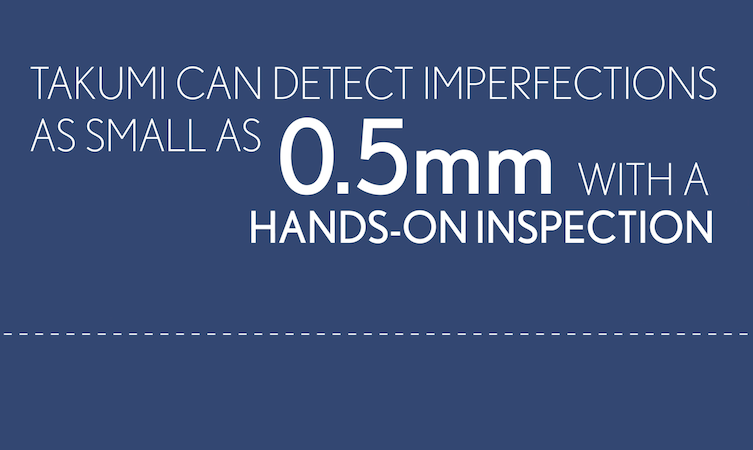
The final stage of the process is the shining of bright red/green/blue (RGB) lights on each newly painted vehicle. This inspection is able to show up even very slight colour variations or small bumps and scratches that can’t be picked out in the general inspection.
